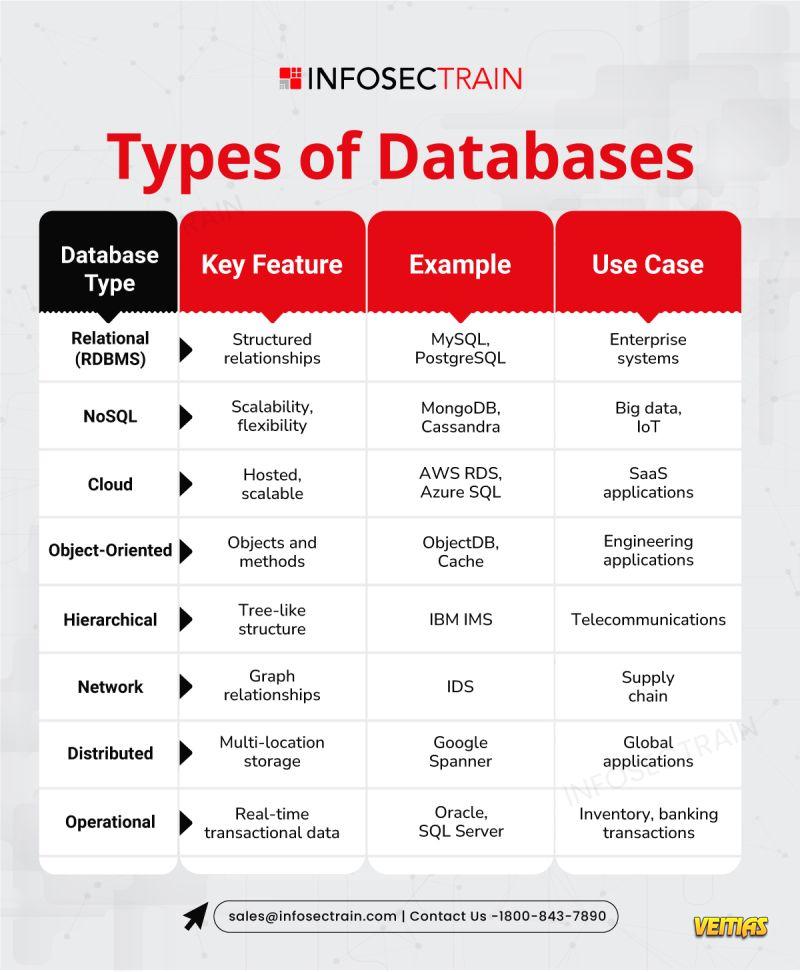Understanding Types of Databases
Read Here: https://infosec-train.blogspot.com/2024/11/understanding-types-of-databases.html
#Databases #DatabaseManagement #SQL #NoSQL #RelationalDatabases #CloudDatabases #BigData #DataStorage #DatabaseSecurity #DBMS #MySQL #PostgreSQL #OracleDB #DataScience #TechKnowledge #infosectrain
Read Here: https://infosec-train.blogspot.com/2024/11/understanding-types-of-databases.html
#Databases #DatabaseManagement #SQL #NoSQL #RelationalDatabases #CloudDatabases #BigData #DataStorage #DatabaseSecurity #DBMS #MySQL #PostgreSQL #OracleDB #DataScience #TechKnowledge #infosectrain
Understanding Types of Databases
Read Here: https://infosec-train.blogspot.com/2024/11/understanding-types-of-databases.html
#Databases #DatabaseManagement #SQL #NoSQL #RelationalDatabases #CloudDatabases #BigData #DataStorage #DatabaseSecurity #DBMS #MySQL #PostgreSQL #OracleDB #DataScience #TechKnowledge #infosectrain
0 Comments
0 Shares
9087 Views
0 Reviews




